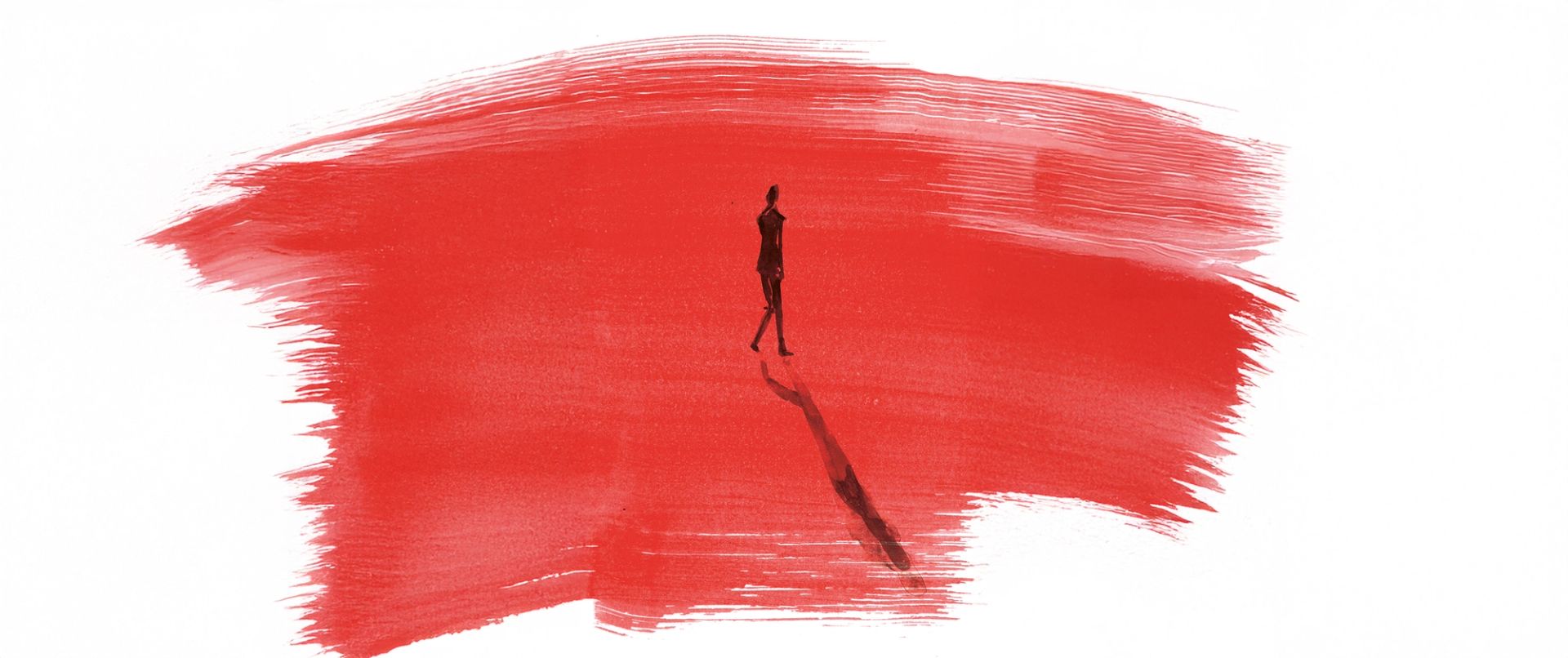
Espionage is not a math problem; it’s a painting
"If you want to write a spy novel you do not need to have loaded a gun, armed a drone or even bribed a minister of state. You need to find a few people who have done those things. And listen. And take notes."
- Words By Lea Carpenter
That definition of espionage was written by a novelist, though not John le Carré, the most celebrated and gifted practitioner of the genre. Any attempt to define espionage is usually shaded by novelists and novels, by the heroes and anti-heroes we associate with spy life, such as George Smiley and James Bond. Since the Cold War, the relationship between real spies and their fictional counterparts has often lulled civilians into thinking, for example, that all British spies drink Martinis shaken not stirred, as Bond does. In fact, Ian Fleming, who wrote the Bond novels, added that “shaken not stirred” detail to flag for readers that Bond was working class, not a member of the British aristocracy. Fleming knew a gentleman would never risk bruising his gin. The author also knew real spy work is fundamentally un-gentlemanly; it rarely takes place in a Czech casino or a Swiss chalet. In fact, espionage often takes place in locations you will not see on a movie screen. When America’s OSS (Office of Strategic Services) was stood down during the Second World War, General Bill Donovan, recruiting for his new outfit, the Central Intelligence Agency (CIA) said he wanted young men “who have a PhD and can handle themselves in a bar fight”. Then, for a long time, it was said the only credentials required to work at CIA were that you were “pale, male, and went to Yale”.
